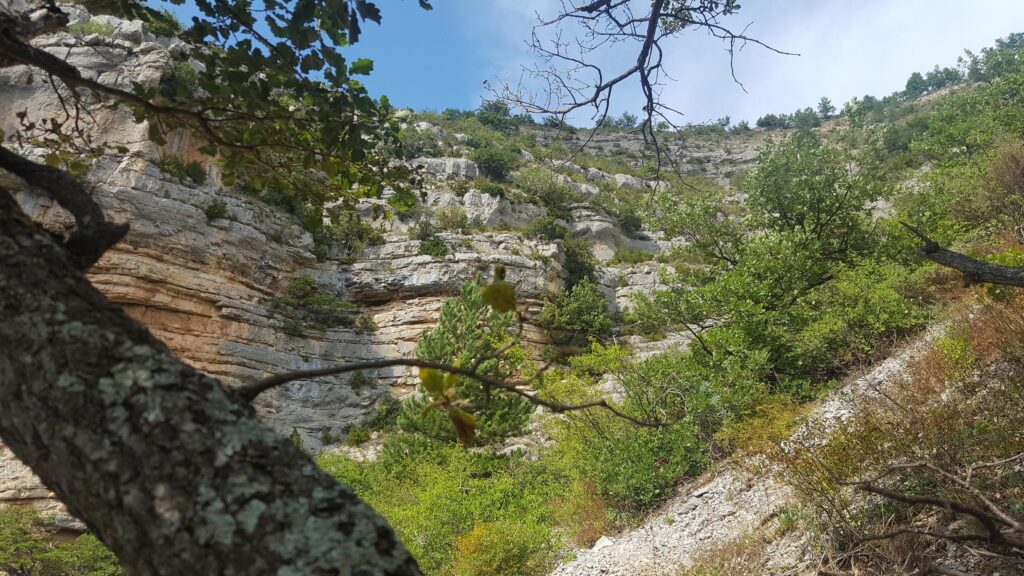Edges, boundaries, limits are all there to define a space. Without the edges, the space wouldn’t be noticeable. Consequently, edges can help us to notice progress. Progress becomes visible when the place we experience the edge has shifted.
But there is more to it, than noticing that an edge has shifted.
An edge we perceive will only shift if we explore it.
One of the simplest ways to explore an edge is to ask a question.
Some of the edges we’ve seen are only ours. They don’t exist for others. Questions allow to figure out where others see the edge. It’s questions like “Is it ok for you if I do this?” or “can I help you?”
Some of the edges are real, and others can help us to explore them. Take for example the question “I don’t know how this works, can you help me?”, which means that you’ve been able to notice where the edge is and decided on a way to explore it.
Another simple way to explore an edge is to listen.
Sometimes it’s about listening carefully to how others describe existing edges instead of assuming that it necessarily is the closest or loosest edge.
In other cases, it is about hearing the reactions people share with you. I probably learned more from friends inviting me to see the space beyond the edge than from my own explorations.
One of the main learnings has been to see the constant presence of edges. Pushing these with a constant drip by drip is way more effective than seeking the big leaps. But don’t take this as an excuse to avoid the big leap when it’s accessible.

